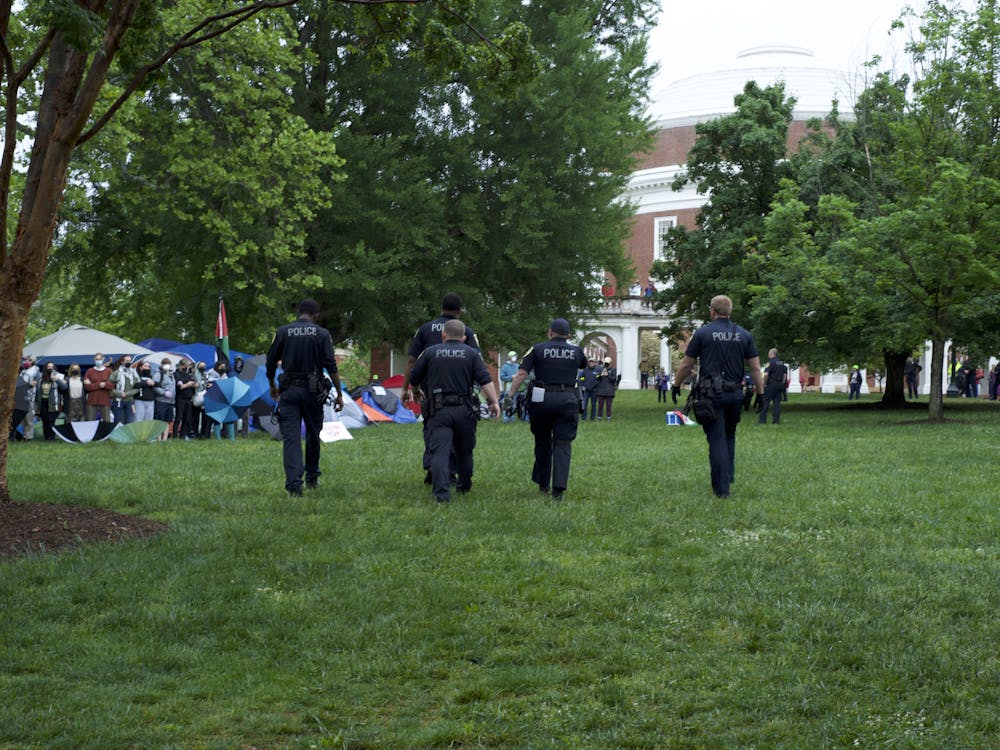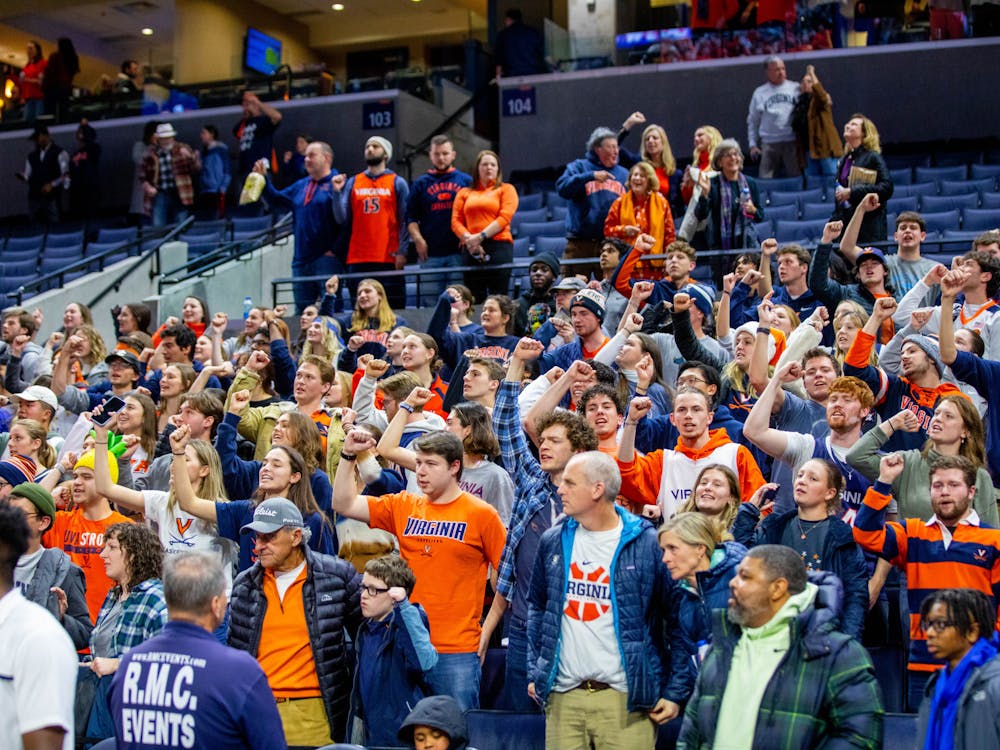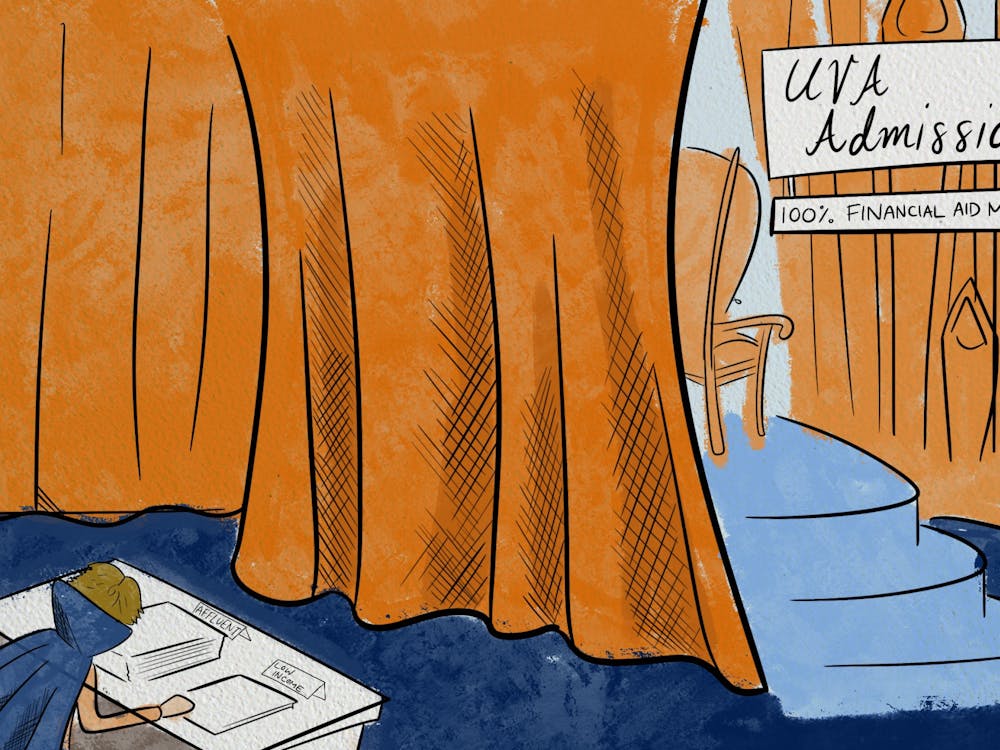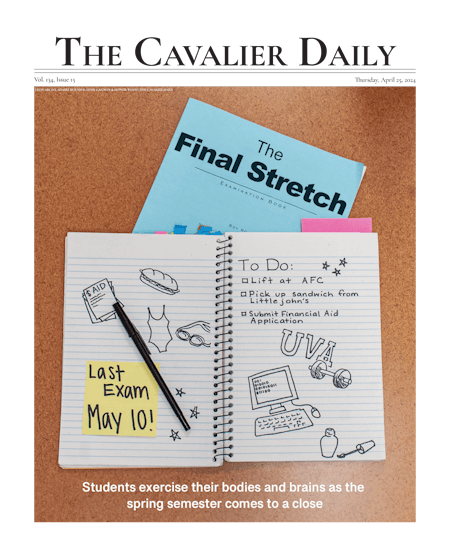There are few universities that begin their semesters with a class-picking strategy known as a “shopping period.” This shopping period, available at universities such as Harvard, Yale and Brown, involves a span of two weeks or so in which students can freely attend as many classes as they desire in order to determine which courses they wish to take during the coming semester.
Although the University has an add/drop period, this contrasts from the shopping period in that it restricts the credits that can be taken at a time, likely for good reason. A shopping period could take years of adjusting to perfect, due to the capacities of various classes and massive amount of student demand. Although the shopping period is marketed as a stress-free experience, a September 2013 article in the Yale Daily News reports that the shopping period involves “desperately attempting to keep up with the readings and problem sets assigned in far too many courses.” Moreover, the article describes the experience of “going over and over again to crowded seminars where the professor hadn’t yet released a definite admission list.”
I do not intend to disparage the class-shopping period. The technique can work quite well (a September 2012 Brown Daily Herald article is titled “Shopping period tradition thrives among students”). Rather, I want to stress the need for students to take advantage of the add/drop period to create their own shopping period of sorts. By this, I mean University students should stray from their set schedules and use a “stop-by” strategy, in which they sit in a class or two they may be interested in and aren’t necessarily on the waitlist for.
The University’s add/drop system could be modified to encourage such behavior. Students should be encouraged to sample a few classes without the need to go to such extremes of a shopping period in which students may attend 10 or more classes in a week. To help accommodate these few extra classes, professors could be required to avoid assigning homework for the first week of classes. SIS could also be involved, either by allowing temporary enrollment in classes that can extend beyond the 17 credit limit or by slightly increasing the credit limit to accommodate an extra class or two.
The ultimate goal of this strategy is for students to survey six or seven potential classes they are interested in and narrow them down to five in the first couple weeks, instead of being restricted to enrolling in just five. This differs from the add/drop period because students can test out a class before making the decision to swap it for a class they wish to drop. Although there are many ways to discover classes, such as friend recommendations, Lou’s List or the Course Forum, the only way to know whether you enjoy a class is by trying it out and sitting in for a week or two.
Sitting in on a few classes can also be an excellent way to step out of your comfort zone and see whether a new subject may interest you or whether a teacher can capture your attention. Breaking out of the boundaries of familiar subjects allows for a more well-rounded view of the world. Never again will we be exposed to such opportunities to take classes from such a wide range of areas, and it is important not to stick simply to the path of prerequisites that lie before us. Even though there are certain classes with hopeless wait lists and overflowing classrooms/auditoriums, it is still feasible to sit in on a class to determine whether or not the class could be worth taking in a future semester.
No doubt the largest obstacles to small-scale and large-scale shopping periods alike is the uncertainty of enrollment numbers for certain classes. This is what has caused schools like Harvard to adjust their shopping period to include pre-registration for the sake of textbook sales, classroom sizes and professors. Yet, with only a few extra classes, this problem could be avoided entirely, especially if the classes are registered in SIS.
I acknowledge that this process may require some extra effort on the part of students. Moreover, it is likely that large lecture classes are easier to sit in on, whereas professors teaching small classes may need to be notified beforehand. Students may be sitting in on a class that is already out of space, and the sit-in period may or may not — depending on any changes to SIS — involve students sitting in on classes that they are not enrolled in. Nevertheless, sitting in a couple extra classes is worth the effort because you can take full advantage of the multitude of courses and qualified faculty that the University offers.
While it may go against the current system, my point is that you don’t need to be enrolled in a class, or even be on the waitlist, to sample a class. Furthermore, we don’t need to be at a school that offers a formal shopping period to create our own shopping period of sorts within the current system, and it wouldn’t hurt to slightly alter the system to accommodate such students who wish to expand their educations.
Jared Fogel is an Opinion columnist for The Cavalier Daily. His columns run Fridays.




